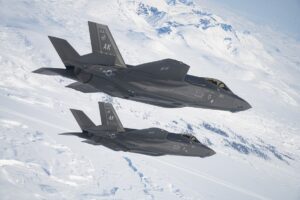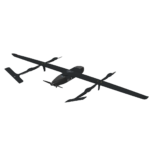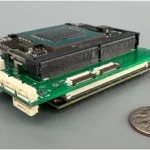
The Pentagon's fiscal 2024 budget may lay out a future path for engines for the Lockheed Martin [LMT] F-35 fighter--a course of action that may upgrade the existing Pratt & Whitney [RTX] F135 engines or replace them with more fuel efficient ones that would give the fighter more range. At a May 17 hearing of the Senate Appropriations Committee's defense subcommittee on the U.S. Air Force's fiscal 2023 budget request, Sen. Susan Collins (R-Maine) asked Air Force Secretary Frank Kendall…














